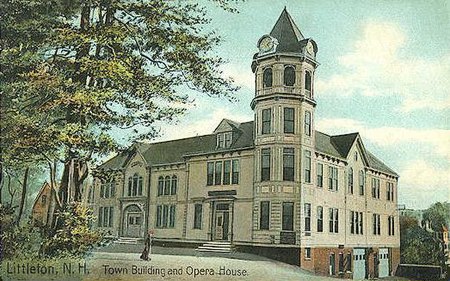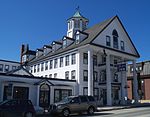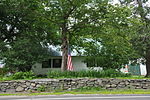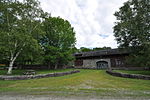Littleton Town Building
Buildings and structures in Grafton County, New HampshireCity and town halls in New HampshireCity and town halls on the National Register of Historic Places in New HampshireGovernment buildings completed in 1894Littleton, New Hampshire ... and 1 more
National Register of Historic Places in Grafton County, New Hampshire

The Littleton Town Building, also known as the Littleton Opera House, is a historic municipal building at 1 Union Street in Littleton, New Hampshire. Built on a steep embankment overlooking the Ammonoosuc River in 1894–5, it is a good example of a Late Victorian municipal building, which continues to serve that purpose today. The building was listed on the National Register of Historic Places in 1973.
Excerpt from the Wikipedia article Littleton Town Building (License: CC BY-SA 3.0, Authors, Images).Littleton Town Building
Cottage Street,
Geographical coordinates (GPS) Address Website Nearby Places Show on map
Geographical coordinates (GPS)
| Latitude | Longitude |
|---|---|
| N 44.305833333333 ° | E -71.77 ° |
Address
Littleton Historical Museum
Cottage Street
03561
New Hampshire, United States
Open on Google Maps







